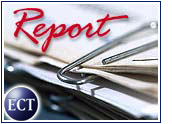
Just 17 percent of the 127 million adult Internet users in the United States are sure they want to be able to view their bills online, according to a study released Wednesday by Gartner Group.
Though online billing has become a “major” industry, almost half of consumers prefer to receive their bills by mail, and the rest are unsure about which method they favor, said Gartner.
Direct Billing Most Popular
When people do pay their bills online, they most often prefer to do so directly on the biller’s own Web site, rather than through an intermediary company or by scanning electronic images of their bills.
Companies that have been successful in using the biller direct model are Citibank, with about 3 million users; Discover Card, with 2.6 million; and American Express, with more than 2 million, according to Gartner. Yet only about 15 to 30 percent of that total visit the billing sites each month, the report said.
“Consumers are attracted to the biller direct model because the applications are free, easy to find, easy to use, and they offer frequent data updates and responsive customer service in comparison to the consolidation models,” said Gartner research director Avivah Litan.
The online billing consolidation market is dominated by CheckFree Holdings (Nasdaq: CKFR), which Gartner says earns about $4 per month from each of its 3.5 million bill-paying consumers. Marketing and enrollment, though, are controlled by the company’s partners, and so far have not been effective, the report said.
Customer Friendly?
Consumers who bank or invest on the Web show a “strong appetite” for online payment services, according to the report.
More specifically, Litan said that e-billing software is most popular when the “content is compelling and consumers can save time and money.”
At the same time, the report found that “high fees, inadequate customer service and clumsy enrollment processes have kept consumers at bay.”
Bill Consolidation Gaining Favor
Gartner predicts the trend toward “biller-direct” sites will diminish as online bill-payment networks and technologies improve.
By 2004, the firm says, about 25 million people will choose to access all their online bills in one place, rather than going to each biller’s Web site. “Biller-direct” options, currently the most popular, will have 15 million users by 2004, Gartner predicts.
Plans that provide consumers with online images of their bills are easy to use, but prohibitive fees and inconvenient enrollment procedures at many such sites “have hindered consumer adoption,” Gartner said.
Like “biller-direct” sites, companies that gather electronic bills and consolidate them for consumers have some bugs to work out, according to Gartner. “High fees, ineffective marketing, lengthy and confusing enrollment, and fragmented customer service have kept enrollment low,” the report said.
Industry Predictions
In a separate recent report, Jupiter Research predicted a rise in the popularity of online billing, saying more than 40 million U.S. households will pay at least some of their bills online by 2005.
Jupiter also advised banks to ally with firms that specialize in online billing, saying cooperation would ease consumer adoption by coordinating systems and services. Jupiter also found that a lack of consistency among billing sites is preventing many companies and consumers from relying on the Internet for billing and payment.
Another research firm, IDC, predicts that by 2004, electronic bill payment services will generate more than $1 billion (US$) in revenue worldwide, up from just $32 million last year.

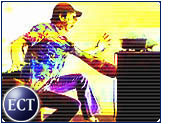


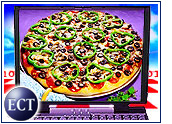
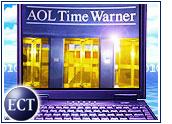
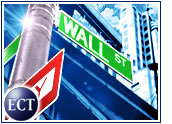


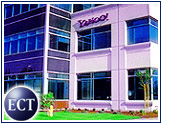
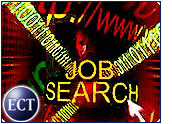

































Social Media
See all Social Media